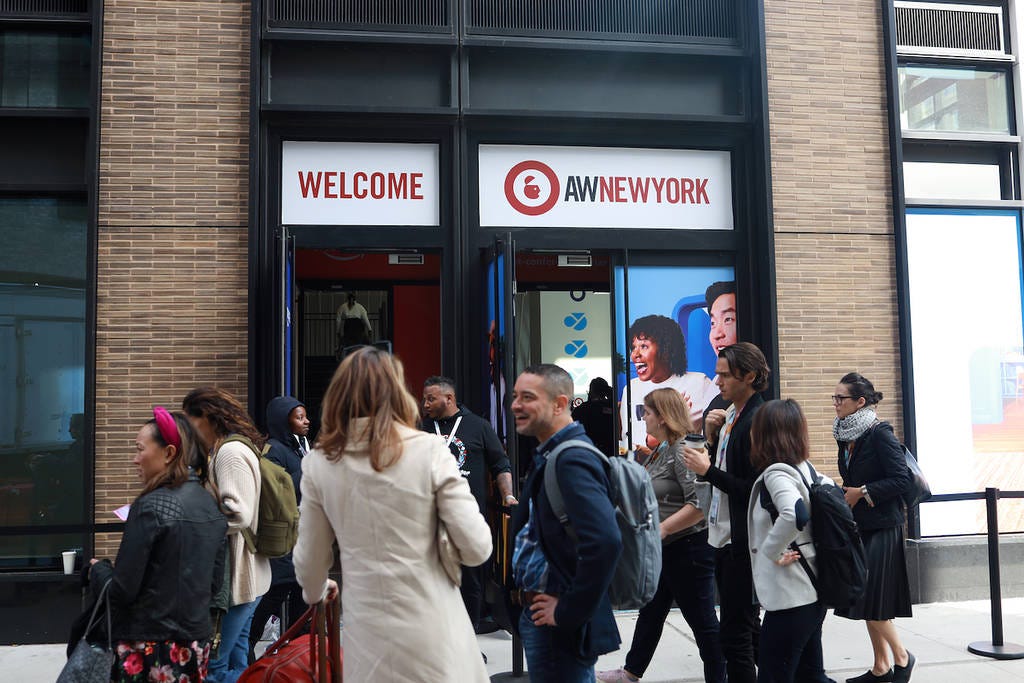Let's (not) talk about AI in advertising
Or what I didn't learn at Advertising Week in New York
I was at ad-week in New York last week, and AI was the hot topic scheduled on most presentations but one of the least spoken about.
Either there really is no one in the advertising industry using AI, or all the people who are using it are busy back in the office using AI while everyone else is out at the show.
So, what are the areas we should have heard about?
Accelerated creative development
From start-ups like Connected Stories to Adobe Firefly, generative AI will increase the speed at which we can make creative. Whether it’s simple copy optimization for different audiences or creating multiple backgrounds easily within Photoshop, we will see a massive reduction in the cost of creating content. Historically, these drops in cost have resulted in an explosion in the amount of available content.
I’d love to hear from agencies that are really embracing these approaches to get an advantage over their competitors. I’m not a great believer that AI will entirely replace the creative process, but I’m certain it will make it faster.
More personalized advertising
With a reduction in the cost of creating content, we also get the ability to personalize our advertising. As recent studies have shown, AI starts with a reasonable, if incomplete, understanding of different consumer groups. When we feed in additional information from first-party or third-party datasets, we can quickly generate profiles of granular audiences and the different messaging we should target.
Feed that understanding into a large language model, and you immediately get targeted creative variants against segments you can buy on CTV and digital. Does it all sound a bit far-fetched? Multimodal is just one of several start-ups offering exactly this service.
More fraud, more ‘made for advertising’
I know I really should be talking about how AI will make it better to detect and eliminate fraud, but I think the impact on those looking to commit fraud is much higher. The ability of generative AI to make human-looking content is uncanny. As just one example, the website 10web.io already claims to have created millions of websites using AI. Now, I don’t believe for a minute that many of these websites have significant human traffic, but I bet they all have advertising and enough bot traffic to generate revenue.
Of course, there are benefits to parts of the industry if this starts to drive traffic towards known premium content providers and CTV platforms. The cost of creating a farm of smart TVs for fraudulent purposes is, fortunately, still higher than the advertising revenues you can get from such a farm. The onus remains on the TV manufacturers to keep their platforms secure and ensure that remains the case.
Planning and campaign management
The walled gardens have long used AI models to optimize placements, which is much of the reason they’ve got away without having to provide transparent measurement. Their tools for setting budget allocation, designing bidding strategies and performance monitoring are head and shoulders above what we have on TV, and that results in buying efficiencies that make their platforms preferred despite the fact that view ability isn’t always what it should be.
Let’s not forget how much administration goes into managing a campaign: it might not be sexy and front-of-mind but using AI to automate the mundane is probably one of the biggest applications of AI… and perhaps that’s why we didn’t hear much about it at Ad Week. The really difficult applications are still in the development and the ones that are working are the ones no one really wants to talk about…



